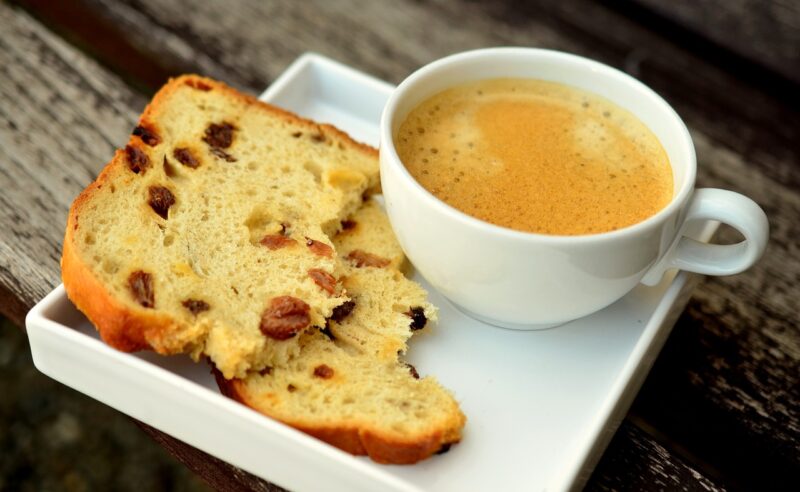
When it comes to culinary experiences, few aspects are as delightful yet complex as the art of food and drink pairing. The right combination can elevate a meal from ordinary to extraordinary, enhancing flavors and creating a harmonious balance that tantalizes the taste buds.
1. Understanding the Fundamentals of Food and Drink Pairing
At its core, food and drink pairing is about balance and contrast. The key is to find synergy between the flavors, textures, and aromas of the dish and the beverage. Certain principles can guide this creative journey:
- Complementary Flavors: This approach focuses on pairing food and drink that share similar flavor profiles. For example, a rich, creamy Chardonnay can complement a buttery lobster dish beautifully.
- Contrasting Flavors: Pairing contrasting flavors can create excitement and enhance each element. For instance, a crisp and acidic Sauvignon Blanc contrasts nicely with the richness of a savory goat cheese salad.
- Regional Pairing: Often, foods and drinks from the same region pair well together. Think of Chianti with an Italian pasta dish or a refreshing local lager with a traditional German bratwurst.
Understanding these principles lays the foundation for exploring more advanced pairing techniques.
2. The Role of Texture in Pairing
Texture plays a crucial role in the enjoyment of food and drink. The combination of creamy, crunchy, chewy, and crisp textures can significantly influence the overall experience. Here are some texture pairing strategies:
- Creamy with Crisp: Creamy dishes, like a creamy risotto, can be elevated by pairing them with a crisp sparkling wine that adds a refreshing contrast.
- Crunchy with Smooth: Pairing a smooth and velvety red wine with crunchy, roasted vegetables creates an appealing mouthfeel that excites the palate.
- Chewy with Light: Heavier, chewy dishes such as a meaty stew can be beautifully balanced with a light, zesty beer or white wine to cleanse the palate after each bite.
By considering texture alongside flavor, you can create even more dynamic pairings that enhance your dining experience.
3. The Importance of Acidity and Sweetness
Acidity and sweetness are two crucial elements to consider when pairing food and drinks. They can dramatically influence how flavors are perceived. Here’s how to navigate these elements:
- Balancing Acidity: Acidic foods, such as citrus or vinegar-based dishes, can be balanced with similarly acidic wines, like a vibrant Riesling or a classic Prosecco. The key is ensuring that the acidity levels match without overwhelming each other.
- Playing with Sweetness: Sweet wines, like Sauternes, can pair beautifully with spicy dishes, as the sweetness can moderate the heat. On the other hand, it’s essential to match sweeter dishes, such as desserts, with wines that have enough sweetness to balance them out, like Moscato with fruit tarts.
- Controlling Overtones: The right balance between sweet, acidic, bitter, and salty elements can lead to successful pairings. For example, the sweetness of barbecued ribs harmonizes well with the acidity of a well-chilled iced tea or lemonade.
These principles allow you to amplify the natural flavors of both the beverage and the food.
4. Exploring Flavor Profiles and Pairing Suggestions
To truly master food and drink pairing, it’s essential to understand various flavor profiles. Here are some common flavor profiles and suggested pairings:
- Savory: Rich, comforting dishes like mushroom risotto pair well with earthy Pinot Noir or a medium-bodied Merlot.
- Spicy: Dishes with a kick, like Thai curry, are complemented beautifully by off-dry Riesling or a light lager that can refresh the palate.
- Bitter: Bitter greens or dishes, such as endive salad, can match well with a dry Champagne that cuts through the bitterness and enhances the dish’s freshness.
- Sweet: Desserts such as chocolate cake pair harmoniously with a rich, bold Cabernet Sauvignon or even a sweet Port wine, creating a luscious finish to the meal.
These profiles help guide you in creating exciting pairings that bring out the best in both the food and the drink.
5. The Art of Experimentation
While guidelines are essential, the best pairings often come from experimentation. Here are some tips for exploring new pairings:
- Trust Your Palate: Everyone’s taste is unique; what works for one might not work for another. Engage in tastings and see what combinations delight your taste buds the most.
- Mix and Match: Don’t be afraid to try unconventional pairings. A hoppy IPA might surprisingly complement a spicy Asian dish. The joy of culinary adventure lives in the unexpected!
- Keep a Pairing Journal: Document your experiences with different pairings to refine your palate over time and remember the pairings you enjoyed for future reference.
Experimentation not only enhances your confidence in pairing but also opens up a world of flavors and combinations to enjoy.
6. Perfect Pairings for Every Occasion
To help you get started in your pairing journey, here are some perfect pairings for various occasions:
- Dinner Parties: Consider serving a classic roast chicken with a buttery Chardonnay for a touch of elegance. Top it off with a light dessert paired with a sparkling wine to finish the evening perfectly.
- Casual Gatherings: A charcuterie board with various cheeses paired with fruity, crisp white wines like Sauvignon Blanc can satisfy all guests’ palates without being overly formal.
- Family Meals: Hearty pasta dishes paired with a robust Chianti complement the flavors well and bring warmth to family meals.
- Picnics: Pack light, refreshing beverages like rosé wine or sparkling water with sandwiches for an easy, delightful outdoor meal experience.
Picking the right pairing for different occasions can enhance the atmospheres and create memorable dining experiences.
Conclusion
Food and drink pairing is both an art and science that requires a careful balance of flavors, textures, and personal preferences. By understanding the fundamentals and experimenting with various combinations, you can unlock new culinary adventures that leave a lasting impression on your dining experiences. Enjoy the journey, and elevate your meals through the joyful exploration of pairing food and drinks effectively!








